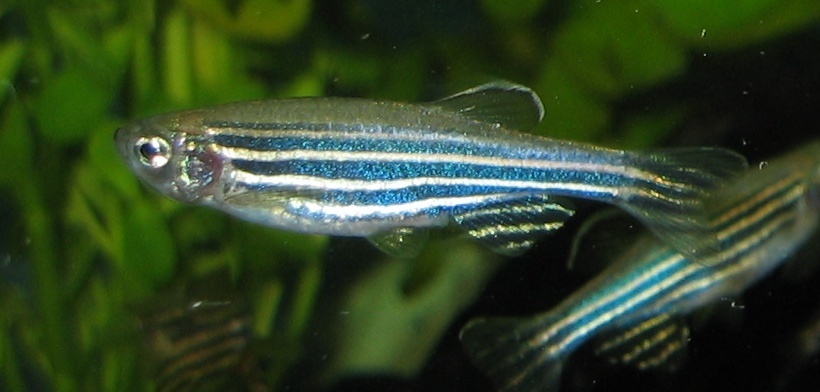Four zebrafish are alive and well after nearly a month in space aboard China’s Tiangong space station. As part of an experiment testing the development of vertebrates in microgravity, the fish live and swim within a small habitat aboard the station.
While the zebrafish have thus far survived, they are showing some signs of disorientation. The taikonauts aboard Tiangong – Ye Guangfu, Li Cong, and Li Guangsu – have reported instances of swimming upside down, backward, and in circular motions, suggesting that microgravity is having an effect on their spatial awareness.
The zebrafish were launched aboard Shenzhou-18, which carried them, as well as a batch of hornwort, to orbit on April 25, 2024. The aim of the project is to create a self-sustaining ecosystem, studying the effects of both microgravity and radiation on the development and growth of these species.
As a test subject, zebrafish have several advantages. Their short reproductive and development cycle, and transparent eggs, allow scientists to study their growth quickly and effectively, and their genetic makeup shares similarities with humans, potentially offering insights that are relevant to human health. The zebrafish genome has been fully sequenced, and for these reasons zebrafish are commonly used in scientific experiments on Earth. Seeing how these well-studied creatures behave in such an extreme environment may have a lot to tell us about the life and development of vertebrates across species while exposed to microgravity.

The taikonauts aboard Tiangong perform feeding and water sampling at regular intervals, and cameras allow scientists on the ground to monitor the aquarium.
This is not the first time fish have been to space. Starting in 2012, a Japanese research project brought medaka and zebrafish to the International Space Station for study in a similar aquatic habitat. The results of those studies revealed a decrease in bone density in the fish within just ten days. Human astronauts experience similar effects in orbit, though not on such quick time scales, and they can be mitigated somewhat through rigorous exercise routines.
Earlier fish in space include a mummichog aboard Skylab 3 in 1973 (and again in 1975 aboard Apollo-Soyuz), and zebrafish aboard the Soviet space station Salyut 5 in 1976. A variety of fish reached orbit aboard space shuttles in the 1990s, too.
The health and sustainability of animal life in space is a key area of research for human spaceflight efforts. If humans are to travel on long-term space missions, like those required to reach Mars, then understanding the biological implications of space travel is vital. These zebrafish are the latest in a long line of experiments undertaken in this pressing area of research.
Learn More:
Gong Zhe “Aquatic antics: Fish exhibit disorientation in China Space Station.” CGTN.

